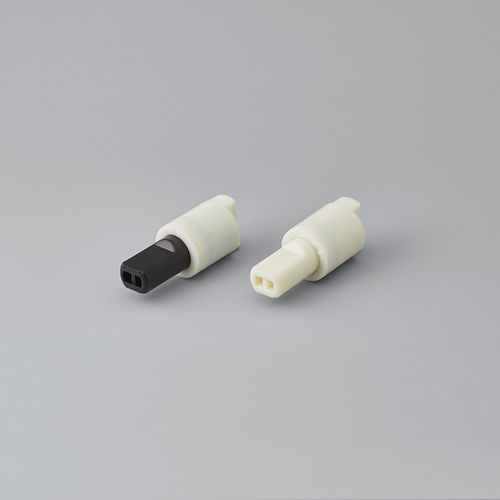
#Industry News
Temperature and Speed dependence
The property of hydraulic rotary dampers
The hydraulic dampers have property of temperature and speed dependence.
1. Temperature dependence:
In general the viscosity of liquid changes greatly with temperature. Especially the viscosity of silicone oil changes markedly as temperature changes. The viscosity decreases as the temperature rises and the viscosity rises as it goes down. The hydraulic damper has the property that the torque changes with the difference in temperature. In other words, the higher the temperature is, the faster the movement is going to be and the lower the temperature is, the slower the movement is going to be.
Damper not affected by temperature can be said to be easy to use damper for any applications. TOK is still aiming to develop such a damper for the market.
As an example, you can see the graph of characteristics of temperature "TD14" damper. At 23℃ the closing time is approx. 6.5 seconds, and at 40℃ the closing time is approx. 6 seconds, then at 0℃ it is 7.3 seconds. If the temperature goes up and the viscosity of oil drops, it gets faster but it does not go up much.
2. Temperature dependence:
Also, as the speed goes up the torque increases. The infinite angle damper TOK provides generates torque with the shear resistance generated by agitating the silicone oil, and this shear resistance increases in proportion to the rotational speed.
You can see also the graph of speed dependence of "TD62" damper and see that the torque increases as the rotational speed increases.
When you choose suitable dampers for your application, you should consider the above property of the damper.
If you have any concerns about rotary dampers, please contact us to discuss how to help you.







